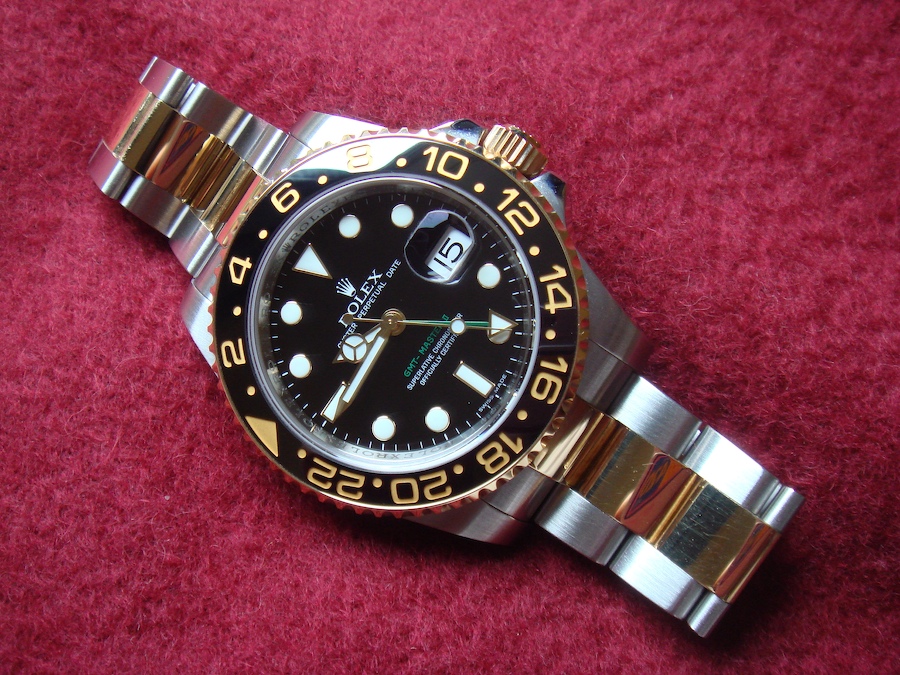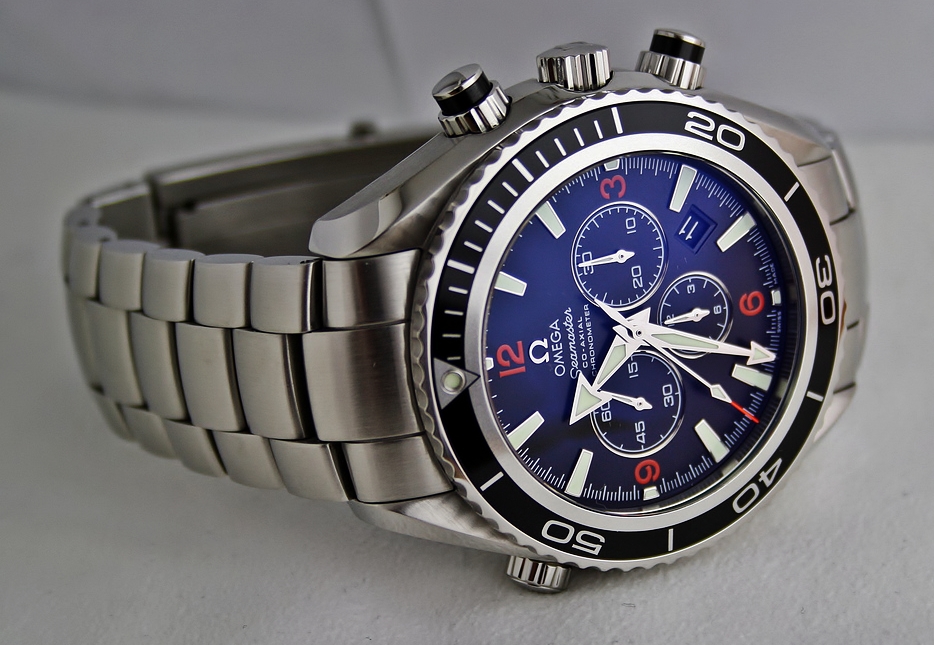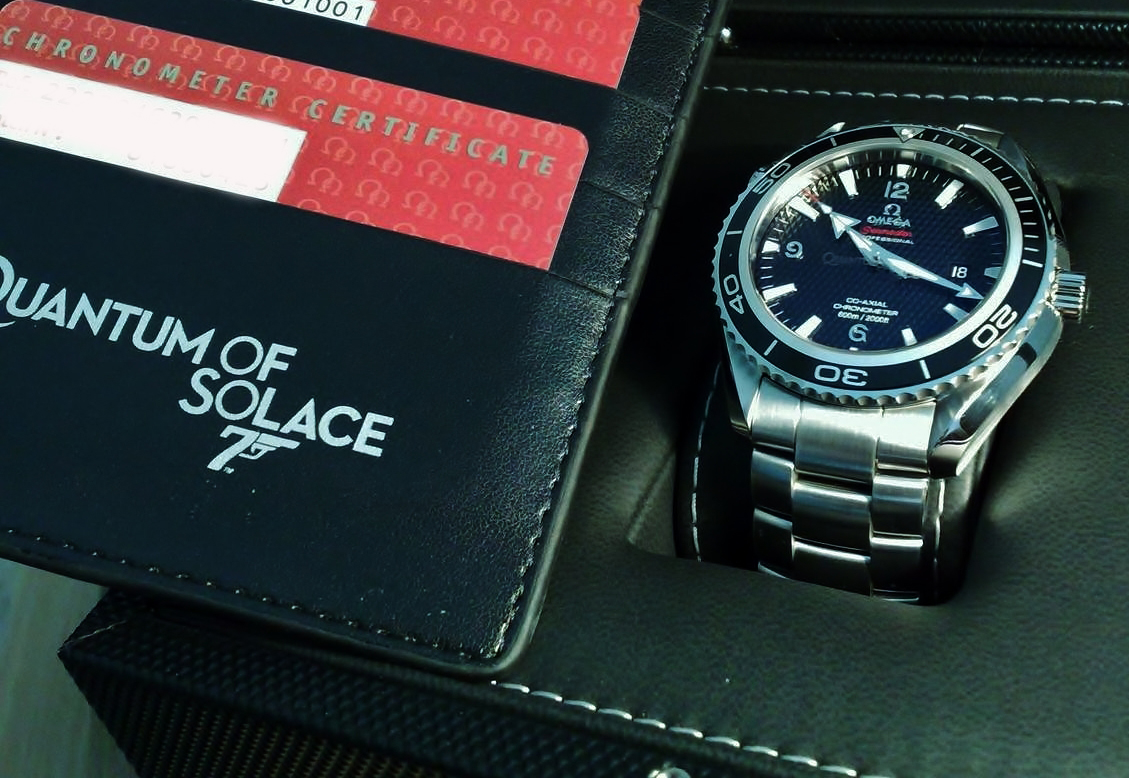
This is a question that has personally always interested us. We love to collect and invest and if we can combine that with a hobby, purchasing something we like and enjoy and potentially profiting from it further down the line, then even better. But is this possible to do with premium watches like Rolex, Tag and Omega?
That’s the question posed for this investment guide and it’s one we will look at here, seeing how watches like Rolex’s have held their value over the years and establishing whether or not they are a worthwhile investment.
Stocks vs Watches

Before we look at each of the big brands in turn and at the merits of investing in timepieces, let’s see what happens when you compare watches vs stocks over the last few decades.
Brands like Rolex really came into their own during the 1960s, when they began to be perceived as a brand of the rich, the famous and the wealthy, and when their value began to rise significantly to reflect this.
In the mid 1960s and early 1970s Rolex were releasing timepieces such as the Explorer, which had a retail price of less than $200 back then (before your eyes pop out of your skull, this was still considered a lot of money. According to DollarTimes it equated to about $1,400 in today’s money)
However, that watch today has a price tag of between $5,000 and $20,000, depending on the model and the state of the timepiece. If we suppose that you bought the first release and that you kept it hidden from harm for 50 years, then you’d be making a 100x return on your initial investment.
This equates to an annual increase of around 9%. If you invested in the S&P 500 instead then your return would be closer to 10%. Based on that, stocks would be the better option, but only just, and what would you prefer to have owned for 50 years, a piece of paper or one of the most expensive watches in existence?
The Cons of Investing in Watches
The main issue with investing in these watches is that big brands seem to have their heyday. This is when their products retain the most value and can go on to be worth significantly more than they were at the time of purchase.
The 1970s and 1980s were the best time to buy Star Wars memorabilia; the 1920s through to 1950s was the best time for comic books; the 1950s and 1960s was the best time for Gibson guitars. That’s not to say that they don’t continue producing valuable products, because they do, but rather that they will never replicate the sort of price increases you could get during those specific eras.
This is especially true in the modern world, where there are more brands than ever and where every successful company is producing more stock than ever. Take comic books as an example. The reason the headline-hitting million-dollar comics sold for so much is not just because they were the first in a series, but because they signaled a breakthrough for the company and the medium in general, and they came at a time when very few books were produced.
Watches like Rolex and Omega are similar. They have had their heydays and those vintage pieces will likely always increase in price, but the new watches probably won’t have as much of an impact in the future. The world will move on to new brands and new trends and while the classics will continue to hold the public’s interest, the new stuff won’t.
Of course, you could just invest in the vintage pieces, but even then there are problems. If you buy a watch that is 50 years old and keep it in very good condition then it will probably be worth more than it is now in another 10 or 20 years, but the value will not rise as sharply or as swiftly, because you’re now selling a valuable collectible that you paid top dollar for, as opposed to a vintage piece you got for retail price.
Of course, another con to investing in watches is the fact that you are unlikely to make anything at all in the short term. You will likely need to be sitting on a time piece for at least 5 or 10 years before the value starts to rise significantly, assuming it ever does.
The Pros of Investing in Watches

There are some benefits to investing in watches. It’s not all doom and gloom. For instance, if the watch was produced in limited numbers, was once owned by someone famous or contained precious metals, then it has inherent value that will always attract interest from buyers.
What’s more, while stocks can be high one day and gone the next, a watch with a strong inherent value will always be worth something and even if it’s not, at least you can still use it for the reason it was intended.
Watches from established, historic brands will also always appeal to a certain demographic, even if they have fallen out of favor with the general population. The current trend towards vinyl and old-school cellphones like the Nokia 3310 is a great example of this. Simply put, in a world of mass production and machine made products, people yearn for something traditional, something nostalgic. If you have a handmade or hand finished watch from a legendary and traditional brand, it could be akin to holding the first print of the first Pink Floyd vinyl today.
And whether you make money or not, the best thing about investing in watches is that you also get to own and experience these timepieces for yourself. So much work goes into the watches created by Swiss brands like Rolex and they are a true joy to behold. If you have a passion for them like we do, then investing in watches will be as much of a hobby as it is an investment opportunity.
So, put your money where your mouth and your hobby is and start investing in premium and vintage timepieces today.



